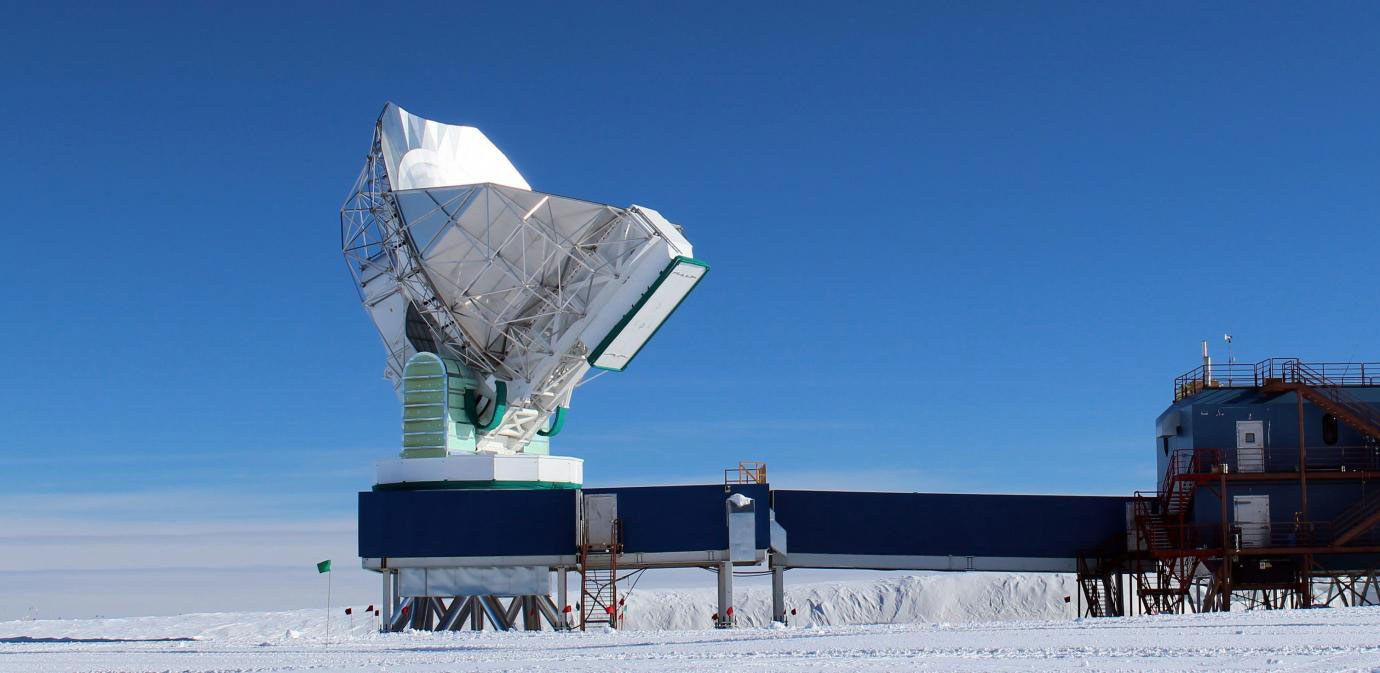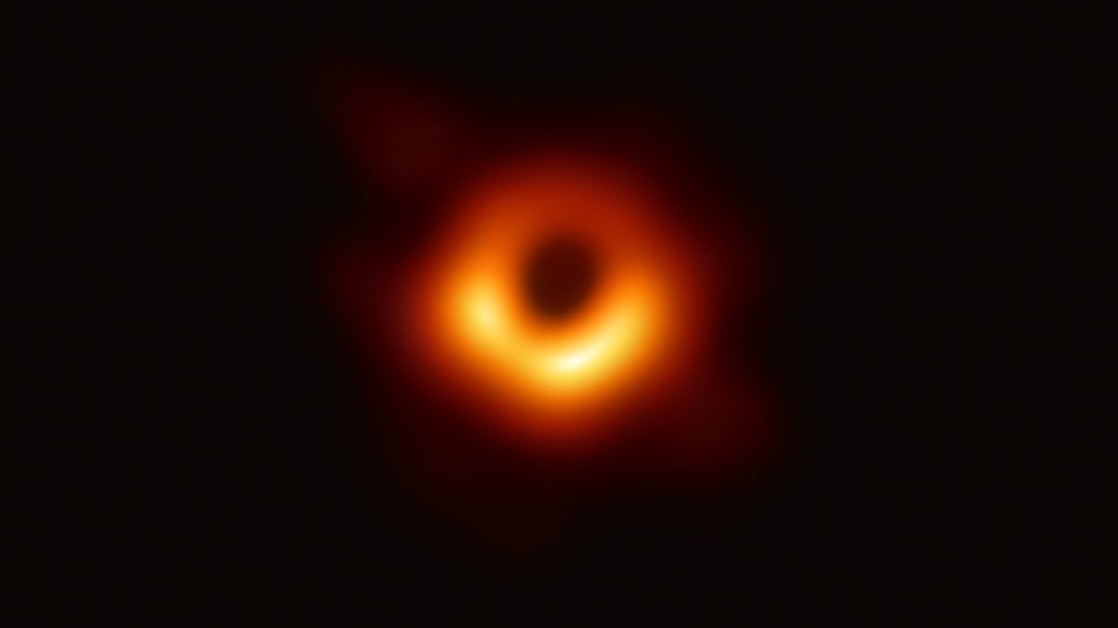Analyzing data from different radio telescopes
To generate the image of the black hole, one single telescope can not perform the task. The scope is simply to narrow and can't observe everything. According to the Event Horizon Telescope, a conventional telescope would have to be approximately the size of Earth in order to take this particular snapshot of the black hole this far in the galaxy. Individually, none of the telescopes measured up. Instead, a network of eight radio telescopes across the world was needed and generated data from different perspectives and signal lengths. Combined, the researchers were able to “zoom in” on the black hole, collecting massive amounts of data in the process.

Combining data sources with artificial Intelligence
Since astronomical signals reach the radio telescopes at slightly different rates, the researchers had to figure out how to account for that so calculations would be accurate and visual information could be extracted. To do this, an algorithm was needed to combine the massive amount of data generated by the radio telescopes and turn it into one cohesive accurate image.
The algorithms did a well job and a unified picture of the black hole could be generated:

What this image and AIOps have in common
1. Analyzing data from different sources
The researchers used eight different telescopes to collect information about the same 'object' from different perspectives, to generate an accurate and unified image. Just like the researchers, Infrastructure and Operations leaders are using different "telescopes" to monitor and manage every part of their IT landscape. Research shows that 65 percent of larger enterprises have more than ten monitoring tools in place (source: Enterprise Management Associates). However, the myriad of tools in place fragments the landscape and often obstructs the big picture. When there is an issue or outage, finding the cause is like searching for a needle in a haystack. The image is simply not complete enough to deliver actionable insight.
Like the researchers did for the black hole image, the data generated by IT needs to be consolidated. AIOps platforms are specifically designed to collect data from different sources to generate a unified picture of an IT landscape. As a result, teams are able to pinpoint the root cause of incidents in real time.
Interested in learning more about data consolidation for modern IT Ops leaders? Please download StackState’s Guide to Data Consolidation here .
2. Using Artificial Intelligence for highly valuable outcomes
To generate the unified picture of the black hole, the researchers developed algorithms. Consolidating complex data is a task beyond human capabilities. By using artificial intelligence and machine learning, the researchers enabled themselves to face new levels of complexity and became more productive and efficient in getting results out of the data generated. This resulted in a visual that nobody dared to dream about.
Within IT organizations, the same challenge rises. Teams are facing new levels of complexity due to accelerated innovation in hybrid and multi-cloud environments and the dynamics around the changes in infrastructure and networks. The volume, variety and velocity of data generated by IT is exploding. How to get control over this chaos? To deliver actionable insights across all the data generated, Infrastructure and Operations leaders need to adopt an AIOps platforms to simplify and automate complex tasks by use of Artificial Intelligence. Current AI use cases in the market are e.g. anomaly detection, event clustering, correlation and prediction. AIOps platforms assist teams in becoming more productive and efficient, without compromising on quality.
Interested in learning more about AIOps platforms, its use cases and vendors worldwide? Please download the Gartner Market Guide for AIOps platforms here.
3. A structured approach towards success
The research team responsible for creating the black hole image had a highly structured approach towards success. Just like the research team, the adoption of an AIOps platform is a journey and requires a structured approach. Gartner has found that it is best to begin with mastering the use of large datasets ingested from a variety of sources. When selecting tools or services, an enterprise should prioritize those vendors that allow for the deployment of data ingestion, storage and access, independent from the remaining AIOps components. Given that AIOps will be used for multiple use cases, Infrastructure and Operations leaders must ensure that the vendors support the gradual addition of those other functionalities.
Interested in learning about the different directions of AIOps vendors take? Please read this blog: AIOps vendors: Domain-centric versus Data-agnostic .
About StackState
StackState’s Next-Gen Monitoring and AIOps platform utilizes your current IT investments, by combining and analyzing metrics, logs, events and data beyond typical monitoring data, like Google Analytics, CMDBs, CI/CD tools, service registries, automation and incident management tools. StackState uses the variety of data it collects to learn about dependencies, allowing it to build a topology of dynamic IT landscapes in real time. By ‘rewinding’ the topology visualization in time, StackState instantly assist teams in discovering the root cause of incidents and how the impact of these incidents have propagated across on-premise, cloud and hybrid IT landscapes. Get started with StackState Agent or connect your third-party monitoring tools to StackState that you already have in use.


